10 Best Herbal Teas For Fibrocystic Breast Disease
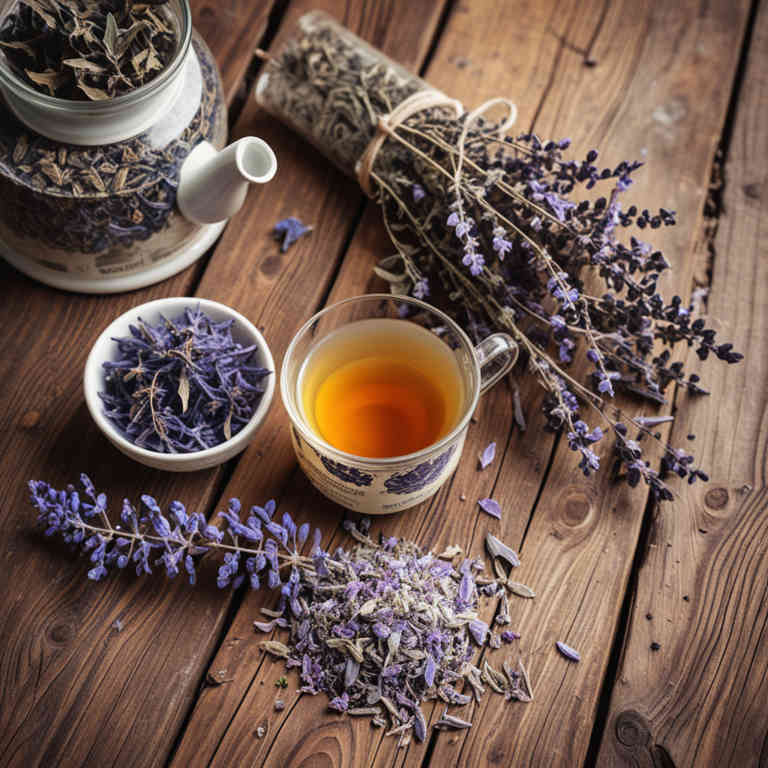
Herbal teas are often recommended as a natural complement to conventional treatments for fibrocystic breast disease due to their potential anti-inflammatory and hormone-balancing properties.
Commonly used herbs include milk thistle, dandelion root, and green tea, which may help reduce breast swelling and discomfort. These teas work by supporting liver function and promoting detoxification, which can aid in regulating hormone levels. However, it is important to consult a healthcare provider before using herbal teas, as some herbs may interact with medications or exacerbate symptoms.
While herbal teas may offer relief, they should not replace medical advice or treatment for fibrocystic breast disease.
FREE Herb Drying Checklist
How to make sure every batch retains maximum flavor, color, and aroma without the risk of mold or over-drying. Eliminate guesswork and trial-and-error, making herb drying faster, easier, and more efficient every time.
Table of Contents
1. Vitex agnus-castus
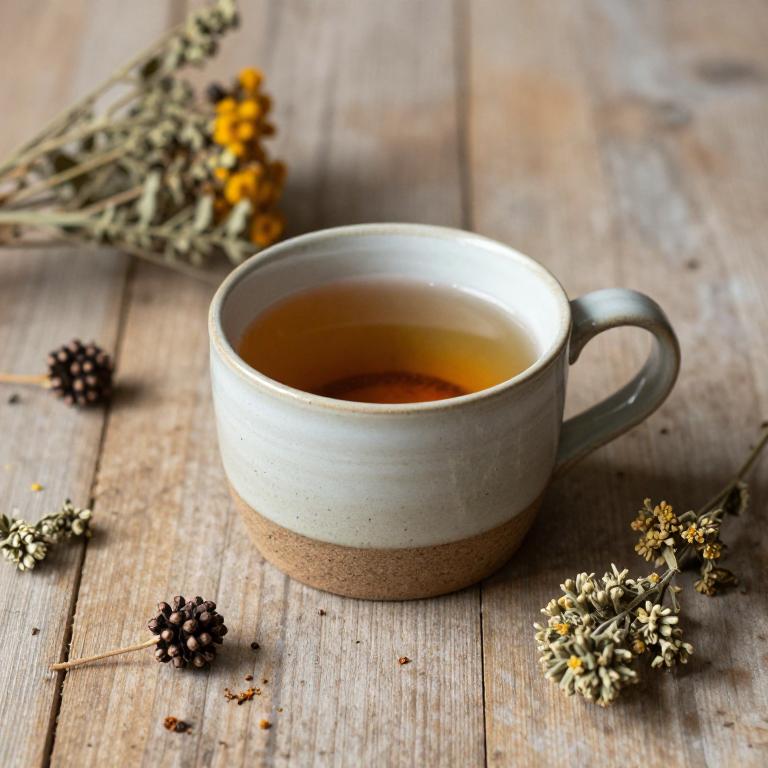
Vitex agnus-castus, commonly known as chasteberry, is a herbal remedy often used in the management of fibrocystic breast disease due to its potential hormonal balancing effects.
This herb is believed to influence the pituitary gland, which may help regulate estrogen levels, a factor often associated with the symptoms of fibrocystic breast changes. Studies suggest that vitex may reduce breast pain and tenderness by modulating the hypothalamic-pituitary-ovarian axis. While some research supports its efficacy, more clinical trials are needed to fully establish its role in treating this condition.
As with any herbal supplement, it is important to consult a healthcare provider before use, especially for women with existing medical conditions or those taking other medications.
2. Urtica dioica
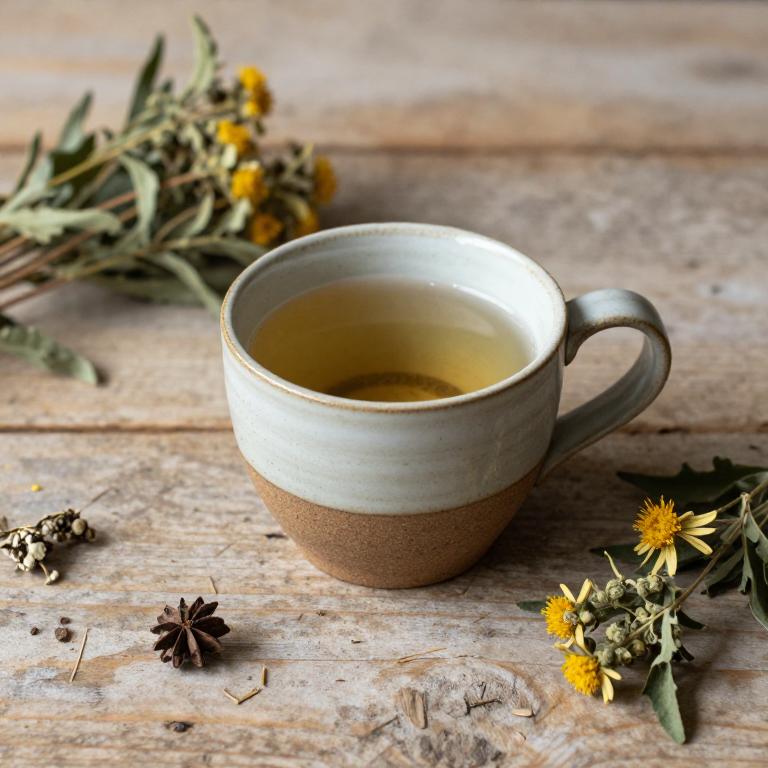
Urtica dioica, commonly known as stinging nettle, is a medicinal plant that has been traditionally used for its various health benefits, including its potential role in managing fibrocystic breast disease.
Herbal teas made from dried stinging nettle leaves are often consumed to support hormonal balance and reduce inflammation, which are key factors in fibrocystic breast conditions. The tea is believed to contain compounds such as flavonoids and minerals that may help alleviate breast tenderness and discomfort associated with the disorder. However, while some studies suggest possible benefits, more research is needed to fully understand its efficacy and safety for this specific condition.
As with any herbal remedy, it is important to consult with a healthcare provider before using stinging nettle tea as part of a treatment plan for fibrocystic breast disease.
3. Silybum marianum
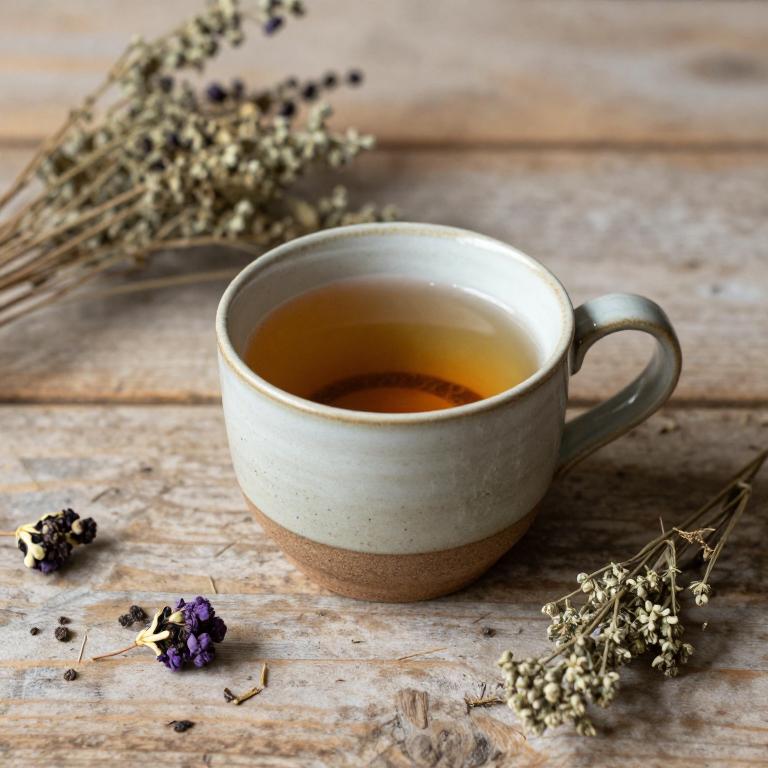
Silybum marianum, also known as milk thistle, is a herbal remedy that has been studied for its potential benefits in managing fibrocystic breast disease.
The active compound in milk thistle, silymarin, is believed to have antioxidant and anti-inflammatory properties that may help reduce breast tissue inflammation and cyst formation. While some preliminary research suggests that silybum marianum could support overall breast health, more clinical studies are needed to confirm its efficacy in treating fibrocystic breast disease. It is often used as a complementary therapy alongside conventional treatments, but it should not replace medical advice or prescribed treatments.
As with any herbal supplement, it is important to consult a healthcare provider before use, especially for individuals with existing health conditions or those taking other medications.
4. Foeniculum vulgare
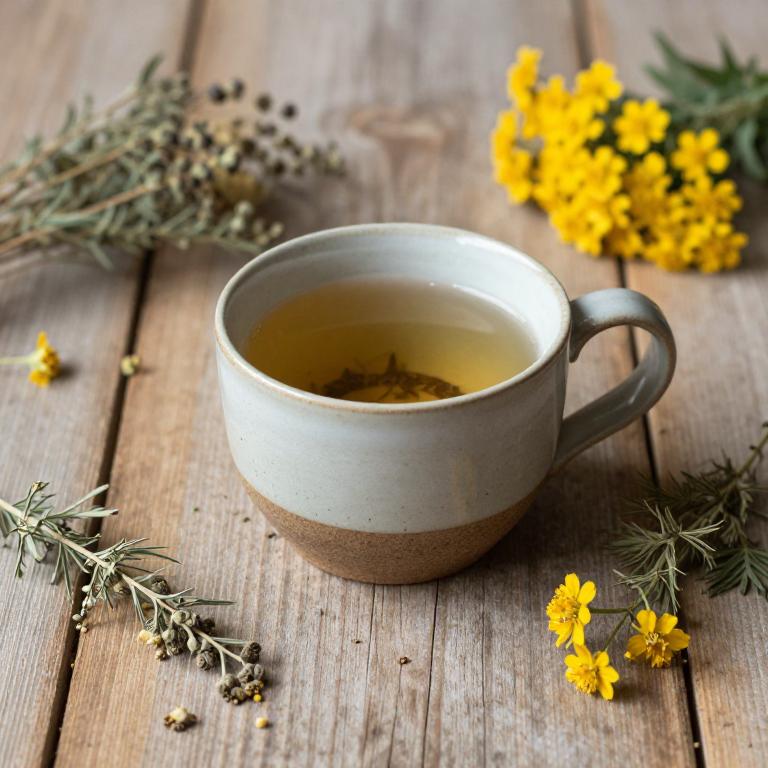
Foeniculum vulgare, commonly known as fennel, is a traditional herb often used in herbal teas to support women's health, particularly in the context of fibrocystic breast disease.
The essential oils in fennel, especially anethol, are believed to have mild estrogenic properties that may help reduce breast tenderness and cyst formation. Herbal teas made from fennel seeds or leaves are often consumed as a natural remedy to alleviate symptoms associated with hormonal imbalances. However, it is important to consult a healthcare provider before using fennel tea, as it may interact with certain medications or conditions.
While some studies suggest potential benefits, more research is needed to fully understand its efficacy and safety for fibrocystic breast disease.
5. Hypericum perforatum

Hypericum perforatum, commonly known as St. John's Wort, is a herbal remedy that has been traditionally used for its potential benefits in managing symptoms of fibrocystic breast disease.
While it is primarily known for its antidepressant properties, some studies suggest that it may help reduce breast pain and inflammation associated with this condition. The herb is believed to work by modulating hormonal activity and reducing the size of breast cysts. However, it is important to note that hypericum perforatum can interact with various medications, including hormonal therapies, and should be used under the guidance of a healthcare professional.
Despite its traditional use, more clinical research is needed to fully understand its efficacy and safety in treating fibrocystic breast disease.
6. Cuminum cyminum
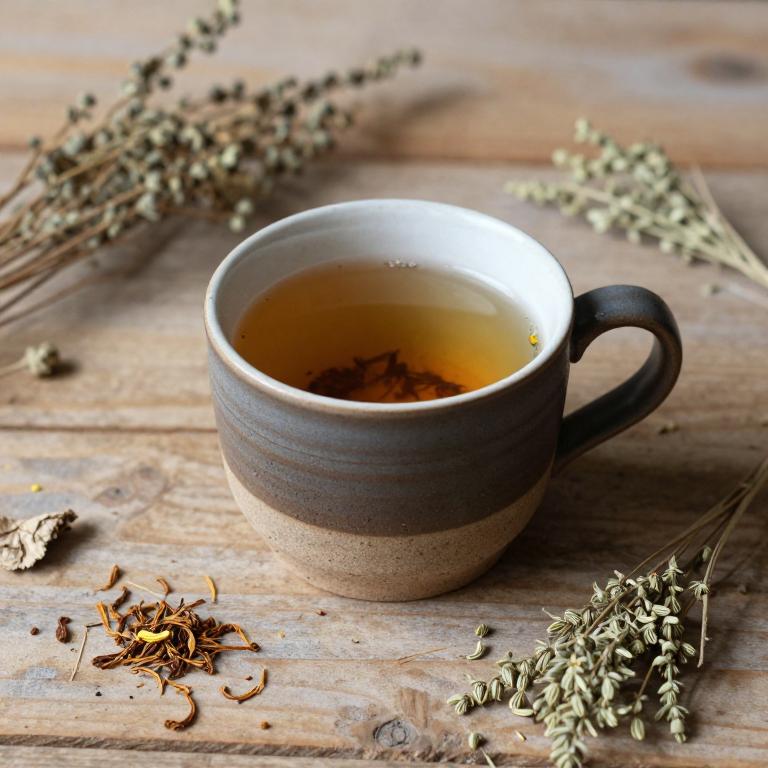
Cuminum cyminum, commonly known as cumin, is often used in herbal teas to support women's health, particularly in managing fibrocystic breast disease.
The essential oils in cumin, such as limonene and pinene, are believed to have anti-inflammatory and antioxidant properties that may help reduce breast tissue inflammation and discomfort. Herbal teas made with cumin are typically consumed as a natural remedy to alleviate symptoms like breast pain and swelling, though they should not replace medical treatment. Some studies suggest that cumin may help regulate hormonal imbalances, which are often associated with fibrocystic breast conditions.
However, it is important to consult a healthcare provider before using cumin or any herbal remedy, as individual health needs and potential interactions can vary.
7. Curcuma longa
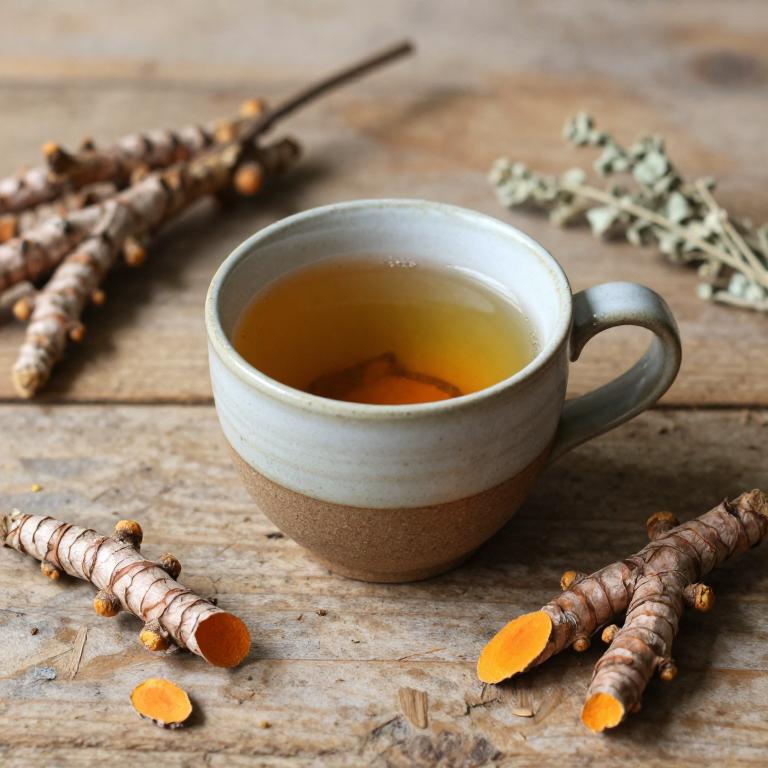
Curcuma longa, commonly known as turmeric, is often used in herbal teas to support overall health, including the management of fibrocystic breast disease.
The active compound in turmeric, curcumin, possesses anti-inflammatory and antioxidant properties that may help reduce breast tissue inflammation and discomfort associated with this condition. While some studies suggest that curcumin may help alleviate symptoms, it is important to note that more research is needed to confirm its efficacy specifically for fibrocystic breast disease. Herbal teas made from curcuma longa are generally considered safe when consumed in moderation, though they should not replace medical advice or treatment.
Individuals with fibrocystic breast disease should consult with a healthcare provider before incorporating turmeric into their regimen to ensure it is appropriate for their specific health needs.
8. Matricaria chamomilla

Matricaria chamomilla, commonly known as chamomile, is a popular herbal tea often used for its calming and anti-inflammatory properties.
In the context of fibrocystic breast disease, chamomile tea may help alleviate symptoms such as breast tenderness and discomfort by reducing inflammation and promoting relaxation. While it is generally considered safe for most individuals, it is important to consult a healthcare provider before using it as a complementary therapy, especially for those with known allergies or taking other medications. Chamomile contains compounds like apigenin, which may have potential benefits in reducing oxidative stress and modulating hormonal activity.
However, more clinical research is needed to fully understand its efficacy and role in managing fibrocystic breast disease.
9. Glycyrrhiza glabra
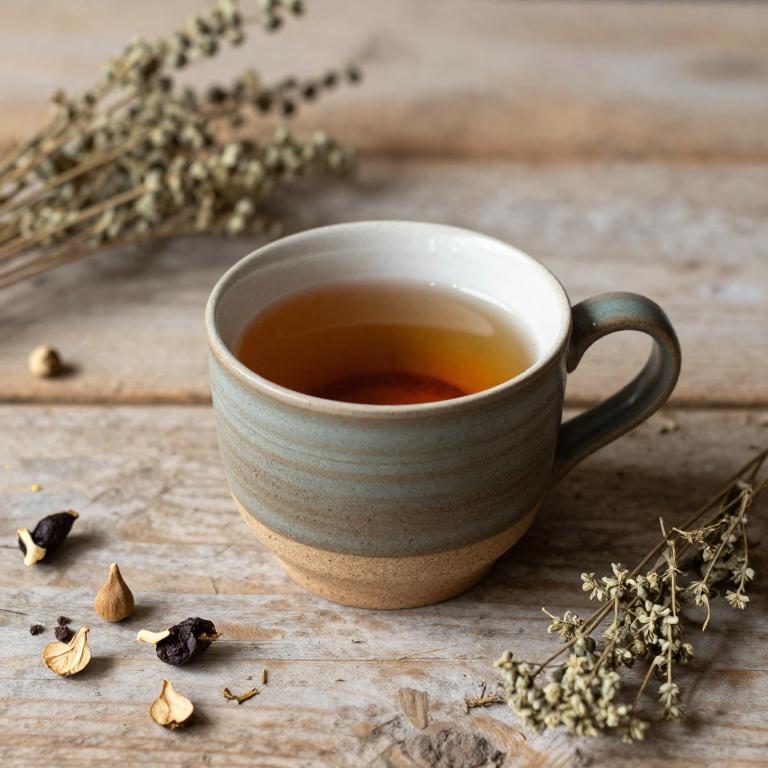
Glycyrrhiza glabra, commonly known as licorice root, has been traditionally used in herbal medicine for its potential therapeutic effects.
When used in herbal teas, licorice root is believed to support hormonal balance, which may be beneficial for individuals with fibrocystic breast disease. The herb contains compounds like glycyrrhizin, which may have anti-inflammatory and antioxidant properties that could help reduce breast tissue inflammation. However, long-term use of licorice root tea may lead to side effects such as hypertension due to its effect on aldosterone levels.
As a result, it is recommended to consult with a healthcare provider before incorporating licorice root tea into a treatment plan for fibrocystic breast disease.
10. Prunus domestica

Prunus domestica, commonly known as the common cherry, is used in herbal teas for its potential benefits in managing fibrocystic breast disease.
The tea is believed to possess anti-inflammatory and antioxidant properties that may help reduce breast tissue swelling and discomfort associated with the condition. While scientific evidence supporting its efficacy is limited, some traditional herbal practices suggest that it can support hormonal balance and alleviate breast pain. Herbal teas made from Prunus domestica are often combined with other herbs like milk thistle or dandelion root to enhance their therapeutic effects.
As with any herbal remedy, it is advisable to consult a healthcare professional before incorporating Prunus domestica tea into a treatment plan for fibrocystic breast disease.